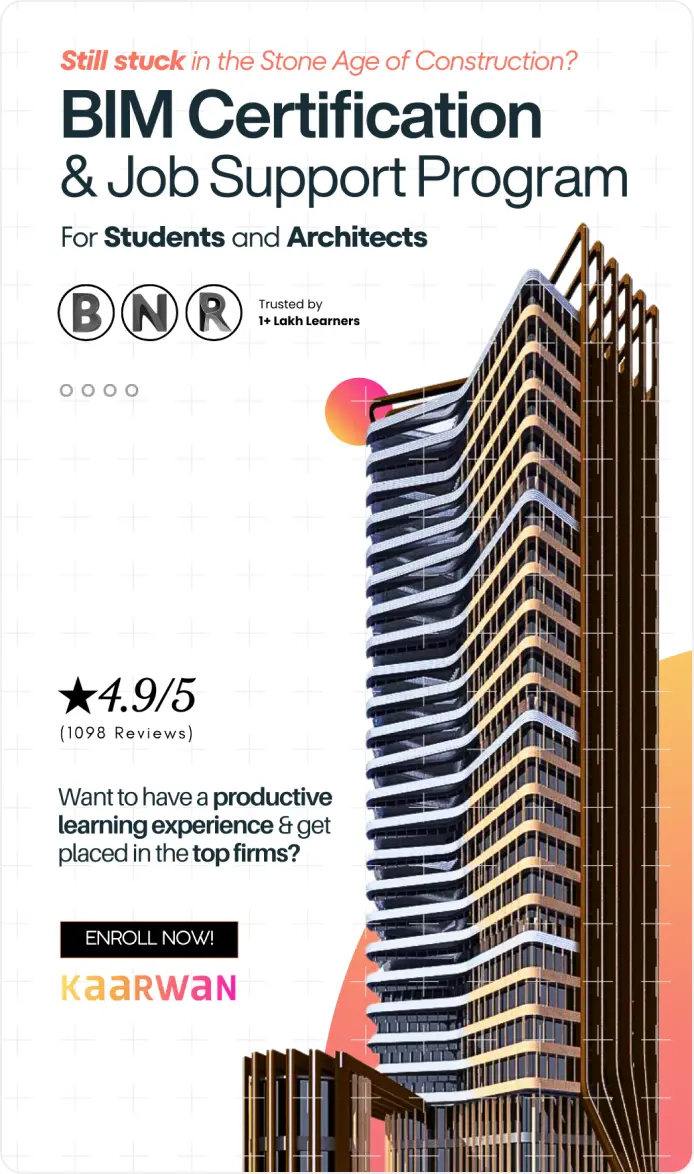Disasters strike relentlessly, displacing millions and leaving a desperate need for safe, secure housing. Traditional solutions often fall short, slow to execute, and inflexible to environmental conditions. Parametric design offers a revolutionary approach, creating adaptable shelters tailored to specific needs. This write-up explores how parametric design addresses the urgency of disaster relief, its advantages over conventional methods, and the exciting possibilities it holds for the future.
The Urgency of Disaster Relief: Speed and Adaptability are Key
Parametric design architecture addresses these challenges by providing:
Flexibility: Parametric shelters can be designed to adapt to various environmental conditions, such as extreme heat, cold, or high winds. This adaptability ensures the shelters offer optimal protection and comfort for survivors.
Efficiency: Parametric design optimizes material usage and streamlines the construction process, leading to faster deployment and reduced costs. This is crucial in disaster zones where resources are scarce.
Innovation: Parametric design allows for the exploration of creative shelter solutions that are not only functional, but also promote wellbeing and a sense of community for displaced individuals.
Soma City Home-For-All by Koichi Torimura_©ArchDaily.com
Challenges with Traditional Methods: Time, Resources, and Limitations
Traditional construction methods struggle to meet the demands of disaster relief scenarios. Here's why:
Time-Consuming: Traditional methods often involve lengthy construction processes, delaying the provision of much-needed shelter for survivors.
Resource-Intensive: These methods can require significant manpower and materials, putting a strain on already stretched resources in disaster zones.
Limited Adaptability: Traditional shelters are often pre-fabricated structures with limited ability to adapt to different environmental conditions or changing needs.
Understanding Parametric Design: Powering Innovation in Disaster Relief
Parametric design offers a powerful alternative to traditional methods. Let's take a closer look into its core principles:
What is Parametric Design?
Parametric design utilizes software and algorithms to establish relationships between design elements. These “parameters” can be anything from the size and shape of a shelter to the materials used and the ventilation openings. Adjusting these parameters, architects can generate countless variations of a design concept, optimizing it for various constraints and objectives.
How Parametric Design Works?
In essence, parametric design software allows architects to define the rules that govern the form and function of a shelter. These rules can be as simple or complex as required. For instance, a rule might dictate that the size of the window automatically adjusts based on the received daylight. This flexibility allows for rapid design iterations and exploration of various shelter configurations.
Shiftpods by Advanced Shelter Systems_©ArchDaily.com
Advantages of Parametric Design Architecture for Disaster Relief Shelters
Parametric design architecture offers a multitude of advantages for creating effective and innovative disaster relief shelters:
Flexibility and Adaptability: As mentioned earlier, parametric design allows for the rapid development of shelters that can adapt to various environmental conditions and changing needs.
Cost Efficiency: Parametric design goes beyond just creating adaptable shelters; it optimizes the entire design and construction process. This translates to several cost-saving benefits:
Material Optimization: Parametric software allows for the exploration of various design iterations, helping identify the most efficient use of materials. This minimizes waste and reduces overall construction costs.
Prefabrication: Parametric design facilitates the creation of prefabricated components that can be easily assembled on-site. This reduces the need for skilled labor at the disaster zone, further lowering costs.
Streamlined Construction: The modular nature of parametric shelters simplifies and streamlines the construction process. This reduces overall construction time and associated costs.
Rapid Prototyping: Another key advantage is the ability to rapidly prototype and test different shelter designs. This is extremely important in disaster relief scenarios where time is of the utmost importance.
Multiple Iterations: Parametric design allows architects to quickly generate and analyze numerous design variations. This enables them to identify the optimal solution for the specific context of the disaster zone.
Faster Deployment: Streamlining the design process and allowing for rapid prototyping, parametric design helps expedite the implementation of shelters, getting essential support to survivors quicker.
Sustainability in Disaster Relief Shelters: While providing immediate relief is vital, the long-term impact of disaster shelters is also indispensable. Parametric design promotes sustainable practices in several ways:
Eco-Friendly Designs: Parametric software allows architects to explore designs that utilize eco-friendly materials. This reduces the environmental footprint of the shelters and promotes responsible resource management.
Resource Efficiency: The focus on optimizing material usage extends to minimizing energy and water consumption during shelter operation.
Durability for Long-Term Use: Parametric design can be used to create shelters that are structurally sound and can withstand future environmental challenges. This ensures the shelters can be used for longer periods, reducing waste and the need for constant rebuilding.
Weaving a Home. Image by Abeer Seikaly_©ArchDaily.com
Customization and Adaptability: Tailoring Shelters to Specific Needs
Parametric design excels in its ability to create shelters that are not only functional but also tailored to the specific needs of a situation. Unlike generic, one-size-fits-all approaches, parametric design allows for customization of shelters based on various factors. This can include:
Number of Occupants: Shelters can be easily scaled to accommodate different numbers of displaced people, ensuring efficient use of space and resources.
Environmental Conditions: Parametric design allows for the creation of shelters with features that adapt to specific environmental challenges. For example, shelters in hot climates can have self-shading facades for natural cooling, while those in cold regions can incorporate features for better insulation and heat retention.
Cultural Sensitivity: Local communities can be involved in the design process, ensuring the shelters are culturally appropriate and cater to the specific needs and preferences of the affected population.
Adaptable to Various Conditions: The true power of parametric design lies in its adaptability. Shelters can be quickly modified on-site to respond to changing needs or unforeseen circumstances. This flexibility ensures the shelters remain effective and provide the necessary support throughout the recovery process.
The Role of Rhino and Grasshopper Software for Parametric Design Architecture
Grasshopper, a visual programming language, works seamlessly with Rhino architecture software. This powerful combination allows architects to design and analyze complex geometries for disaster relief shelters through parametric models. These digital representations can be easily modified to optimize material usage, leading to cost-effective and sustainable shelters. Rhino complements Grasshopper's algorithmic approach with its flexible modeling tools, facilitating the creation of effective and adaptable structures that can be fabricated and assembled on-site.
Conclusion
In conclusion, parametric design offers a game-changing approach to disaster relief shelters. Tapping into its potential and overcoming the existing challenges, we can create a future where displaced communities have access to safe, sustainable, and culturally sensitive shelters that support them during times of crisis. This innovative approach has the potential to revolutionize disaster relief efforts, ultimately saving lives and accelerating the path towards recovery for those affected by disasters.
Learn to design parametric architecture with our Advanced Rhino Course and Grasshopper Training! Enroll now and get trained by industry experts. Make a difference! ➡️
Visit the Kaarwan website for more insights! 📈

